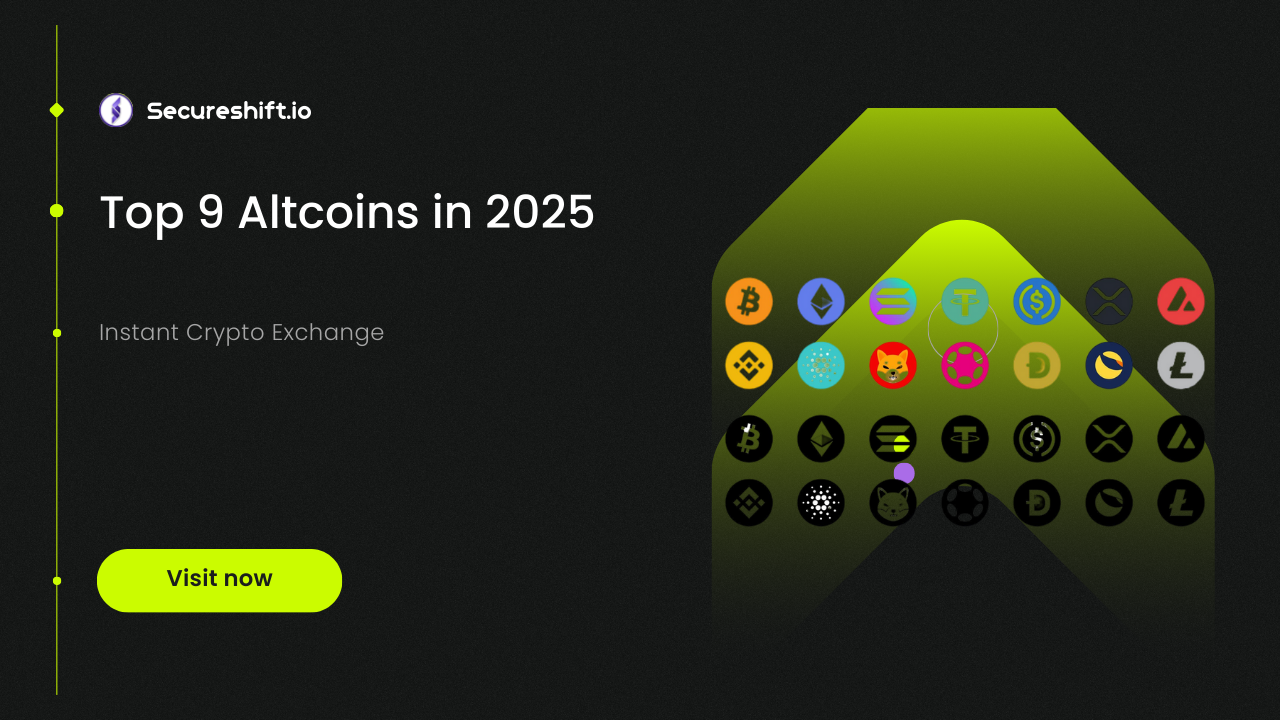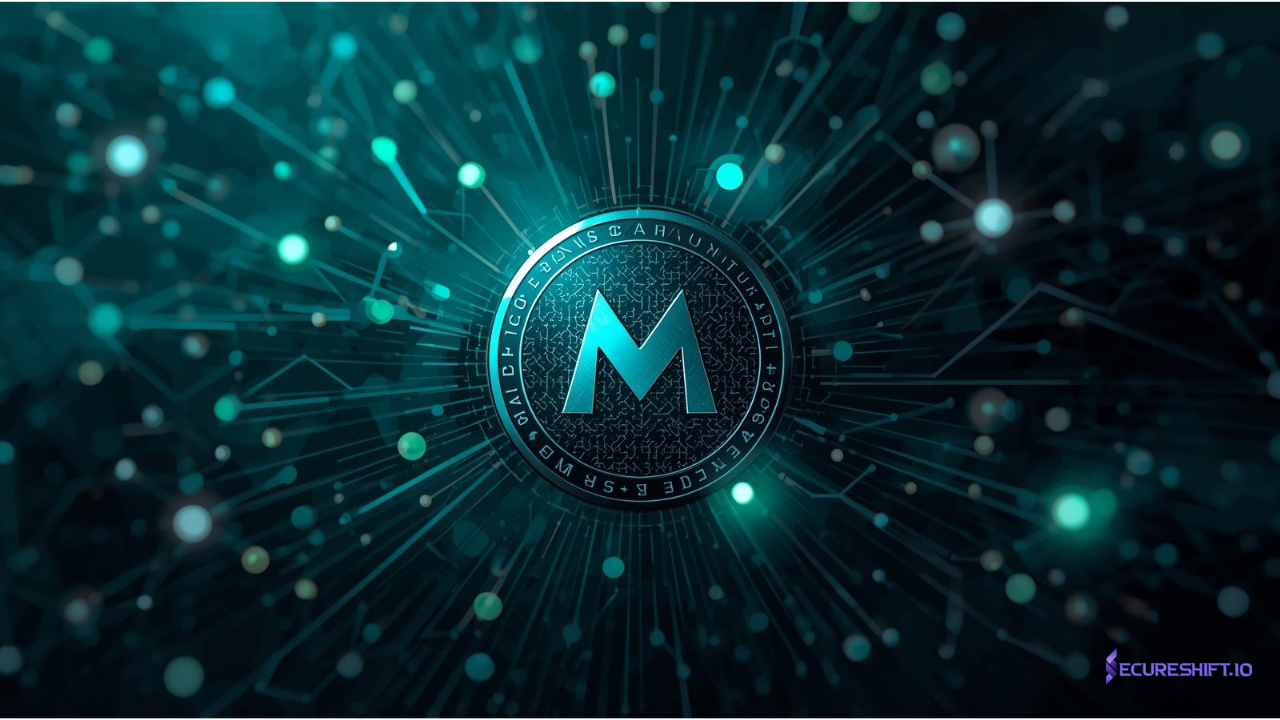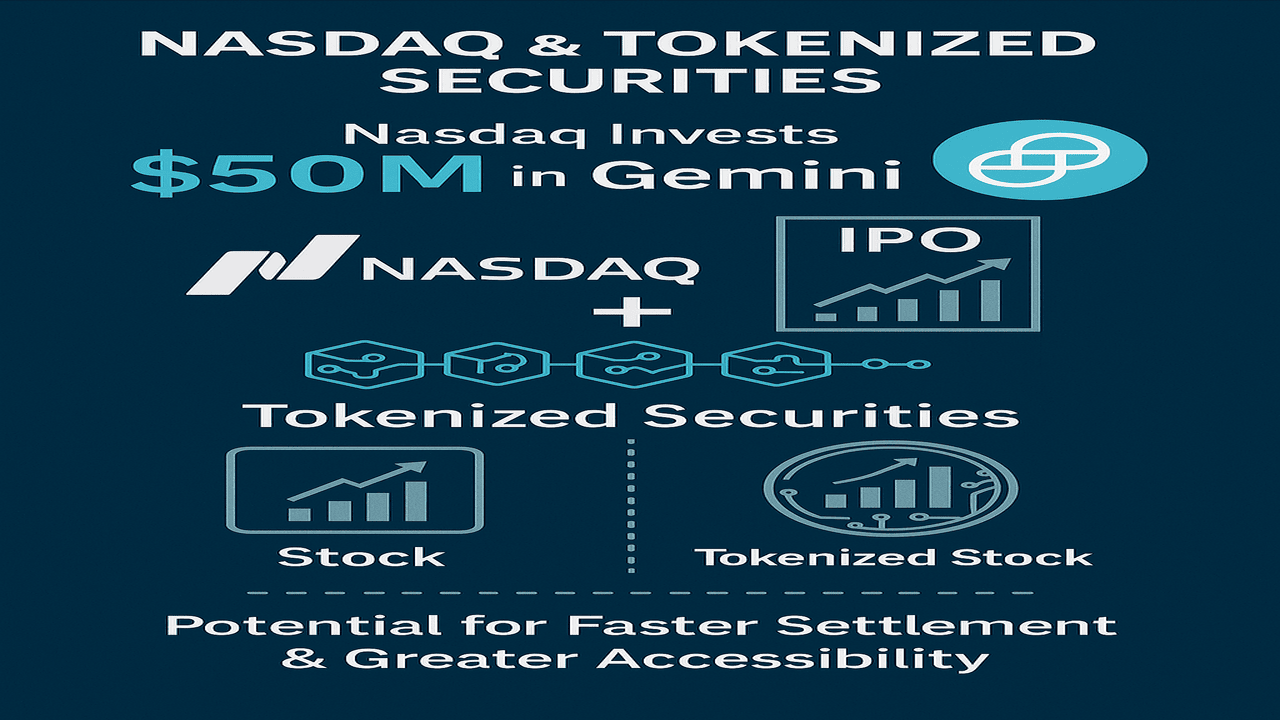
2025's Top 9 Altcoins
Popular cryptocurrencies have seen a 90% decline in value over the past year due to a pessimistic trend in the cryptocurrency market. As is typical of post-cryptocurrency market excitement, this collapse has resulted in a decline in interest in altcoin investments. The market's stabilization offers astute investors a chance to identify cheap projects with strong bases and room to grow. In addition to some of the top altcoins to invest in in 2024, you will discover the history and general traits of altcoins in this content.
Table of Contents
Ethereum
One of the top altcoins for investing right now is Ethereum, which has a lot of promise. Vitalik Buterin developed Ethereum, a well-known cryptocurrency for decentralized applications, in 2015. ETH holders will be able to stake coins for network support and incentives following The Merge's September 2022 switch to Proof-of-Stake. With ETH being used for dApps, transaction fees, and rewarding validators, its success hinges on network adoption.
Cardano (ADA)
One well-known cryptocurrency that focuses on research and development to solve practical problems is Cardano (ADA). Charles Hoskinson created it with the goal of providing quick, safe payments anywhere. The blockchain platform prioritizes scalability solutions, smart contracts, and academic rigor. In the cryptocurrency ecosystem, ADA has garnered a sizable following while encountering both support and criticism. At the moment, its market capitalization exceeds $12.2 billion, and its price is $0.34.
Litecoin (LTC)
One important cryptocurrency is Litecoin, which is regarded as the digital equivalent of Bitcoin's gold. It was introduced in 2011 with the goal of becoming a popular digital money for savings. Approximately 89.15% of the 84 million LTC maximum supply is currently in use. The primary benefit of Litecoin over Bitcoin is its four-fold faster transaction processing speed. 2024 has begun for Litecoin (LTC) at a robust 50% growth pace. The CFTC's recognition of Litecoin as a commodity in March 2024 increased investor confidence. By the end of 2024, analysts predict that LTC will have increased to $163, making it one of the top altcoins to invest in at the moment.
Tron (TRX)
The TRON platform gives developers the tools they need to produce content and dApps while receiving rewards. The high value of TRON's coin, which ranks 10th, is maintained by its popularity. Experts forecast a second wave of growth, with Bitcoin perhaps hitting $100–110K despite market difficulties. TRON is appropriate for micropayments due to its quick transfers and inexpensive fees. In decentralized applications such as file storage and oracles, the TRX cryptocurrency is used for resource payments, voting, and rewards.
Launched in 2017, Binance Coin (BNB) is the native coin of Binance. It supports Binance's growth by enabling payments through the Binance Smart Chain and providing advantages like reduced trading fees and access to Binance ecosystem products. The rise of Binance and its restricted supply with a burn program for deflationary effects affect the value of BNB.
Solana (SOL)
Scalability and transaction speed concerns are addressed by Solana, a high-performance blockchain that has been in use since 2017. According to predictions, Solana's performance, cheap fees, and developer appeal might cause its token value to rise by 30–40% in Q3 2024. With more than 450 projects in DeFi, NFTs, and GameFi, the ecosystem is growing and increasing demand for SOL. Raydium and Serum are important undertakings. SOL is utilized for commissions, network transactions, and staking-based ecosystem management.
Dogecoin (DOGE)
From a joke cryptocurrency to a fully working one with its own community, Dogecoin is a meme coin that was founded in 2013. It is used for donations, tips, and micropayments and is based on Litecoin technology, which generates blocks in one minute. Thanks to retail traders and Elon Musk's encouragement, Dogecoin saw tremendous growth in 2021, peaking at $0.7.
MATIC (polygon)
A network called Polygon (previously Matic Network) was introduced in 2017 with the goal of scaling and lowering transaction costs on Ethereum and related blockchains. It powers more than 7000 dApps, metaverse, NFT, and gaming projects by combining autonomous sidechains for high transaction rates. For Polygon sidechains, MATIC cryptocurrency acts as gas, paying for transactions and fees while encouraging upkeep of the infrastructure.
XRP (XRP)
Jed McCaleb and Chris Larsen introduced the digital payment system Ripple in 2012. High security and quick transactions are features of the Ripple blockchain. Due to ongoing SEC-Ripple legal concerns, the value of the XRP coin could rise by 50–70%. The price of Ripple, which is currently ranked seventh among cryptocurrencies, has increased from $0.48 to $0.60, indicating growth potential for investors.
What is an altcoin?
Many people frequently confuse cryptocurrencies with bitcoin, thinking they are interchangeable. A name for all cryptocurrencies other than Bitcoin was created in order to solve this. Cryptocurrencies created after Bitcoin are referred to as altcoins. Since the first altcoins appeared in 2011, thousands of versions have been created. Altcoins offer distinct features, technologies, and functionalities in contrast to Bitcoin, the most well-known and established cryptocurrency.
Different Altcoin Types
There are several fundamental categories of altcoins:
Popular cryptocurrencies (ETH, TRX, etc.), cryptocurrency exchange tokens (BNB, OKB), gaming tokens (MANA), etc. are examples of utility tokens with particular uses. The most prevalent kind is this one.
In the blockchain, security tokens stand in for different assets or rights (stocks, bonds, copyrights). BCAP, EXOD, and ASPD are a few examples.
Cryptocurrencies with a steady exchange rate that is correlated with the value of gold, fiat money, and other cryptoassets are known as stablecoins. Their primary function is to act as a tool for value preservation. For instance, USDT, BUSD, and DAI. Cryptocurrencies known as "meme coins" are made as jokes or memes and frequently serve as useful tokens. DOGE and SHIB are the most well-known.
The ability to vote and take part in project management is granted by governance tokens. For instance, UNI or TRON Power.Apart from the aforementioned categories, altcoins also comprise forks, which are digital currencies produced by dividing the original coin's blockchain, like bitcoin, into new branches. Forks come in two varieties:
Soft forks work flawlessly with the previous iteration of the blockchain. They can be changed back.
The outdated mining program is incompatible with hard forks. They produce an alternative currency that cannot function on the same network as the original.
Bitcoin Cash, which was developed as a variant of Bitcoin for regular payments, is a perfect illustration of a fork. It currently has a valuation of almost $2.3 billion.
Positives and Negatives :
Some traits are shared by all altcoins, despite their individuality.
Advantages:
Altcoins have several advantages over Bitcoin, some of which are as follows:
Innovation:
altcoins typically have technical benefits over Bitcoin, especially when it comes to solving difficulties that are unique to this cryptocurrency, such scalability concerns or transaction rates that aren't quick enough.
Benefit:
Every altcoin has a unique purpose that sets it apart from the others. The primary objective of Bitcoin is to develop into a digital currency that offers the characteristics of "traditional" currencies in a decentralized manner, i.e., to function as a unit of account, a medium of trade, and a savings tool.
Drawbacks
Among the primary drawbacks are the following:
Liquidity: Compared to Bitcoin, most altcoins have far less liquidity. This has a direct bearing on the cryptocurrency's market volume. Altcoin pairs typically have bigger spreads than bitcoin pairs because less liquidity means higher trading expenses. For conventional currency pairs, the circumstances are comparable. Because major pairs like USDEUR are more liquid, their spreads are tighter than those of exotic pairs like EURTRY or non-major ones like GBPJPY.
Longevity: cryptocurrencies have lost a large amount of their value due to the abandonment of several projects that were supporting them.
Furthermore, it is crucial to remember that digital currencies are decentralized, which means that there is no central bank to regulate them. As a result, investing in these assets has a higher risk.
Keep in mind that historical performance is not a good predictor of future outcomes before making any cryptocurrency investments.
FAQ
Should I invest in altcoins or Bitcoin first?
Now, picture yourself as an alchemist who creates a special elixir that will make you feel fantastic by combining liquids. Bitcoin, altcoins, or both may be rising or falling depending on when you're reading this. Put another way, mix bitcoin and altcoins in your portfolio according on your risk tolerance; use bitcoin to increase safety and altcoins to optimize your gains.
Do altcoins make sense as an investment?
Many prospective investors wonder about this. Purchasing altcoins carries a lot of risks. A wide variety of features, applications, and technology are available with altcoins. Both significant wins and significant losses are possible. While some altcoins—like Ethereum—have made a name for themselves as stable platforms with substantial market traction, others are riskier and more speculative. For bitcoin investors, altcoins present a special chance to diversify. In contrast to bitcoin, which is frequently regarded as a store of value, several altcoins, like Litecoin, Ether, and Ripple's XRP, are created with particular goals and applications in mind.
Which three altcoins are the most popular?
The market for cryptocurrencies is dynamic, with rankings shifting regularly. Notable altcoins at the most recent update were Cardano (ADA), Ethereum (ETH), and Binance Coin (BNB). These altcoins' distinctive qualities and significant market sway highlight their dominant positions in the cryptocurrency space.
What does the future hold for altcoins?
Altcoins have a vibrant future ahead of them, with both opportunities and challenges:
The availability of altcoins may be impacted by cryptocurrency exchanges' adaptation to regulatory crackdowns; the changing regulatory landscape necessitates compliance such as KYC and AML; The clarity of regulations affects institutional cryptocurrency investments;Because of changes in regulations and technological breakthroughs, market volatility continues to exist.Altcoin initiatives prioritize industrial integration and technology breakthroughs; It is anticipated that cryptocurrency initiatives would cooperate and consolidate in order to overcome regulatory obstacles and promote innovation.
Start a Cryptocurrency exchange Try our crypto exchange platform click here.
Disclaimer: It is important to note that the content of this article does not constitute financial or investment advice. The views expressed herein are solely those of the author and should not be interpreted as specific recommendations for trading or investing. Readers and visitors to the website are encouraged to explore various perspectives and familiarize themselves with relevant local regulations prior to engaging in cryptocurrency investments. We do not guarantee the reliability or accuracy of the information presented



